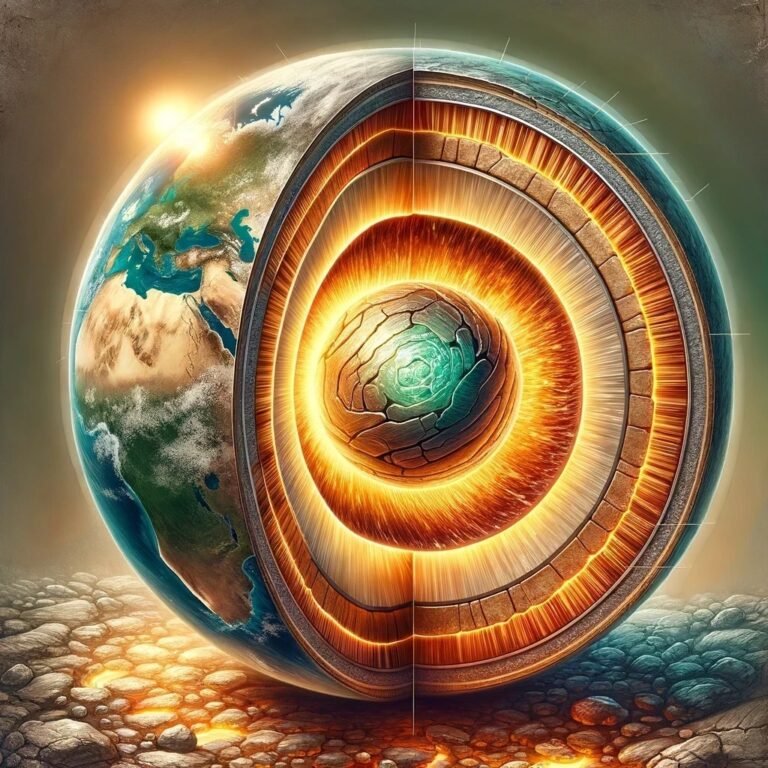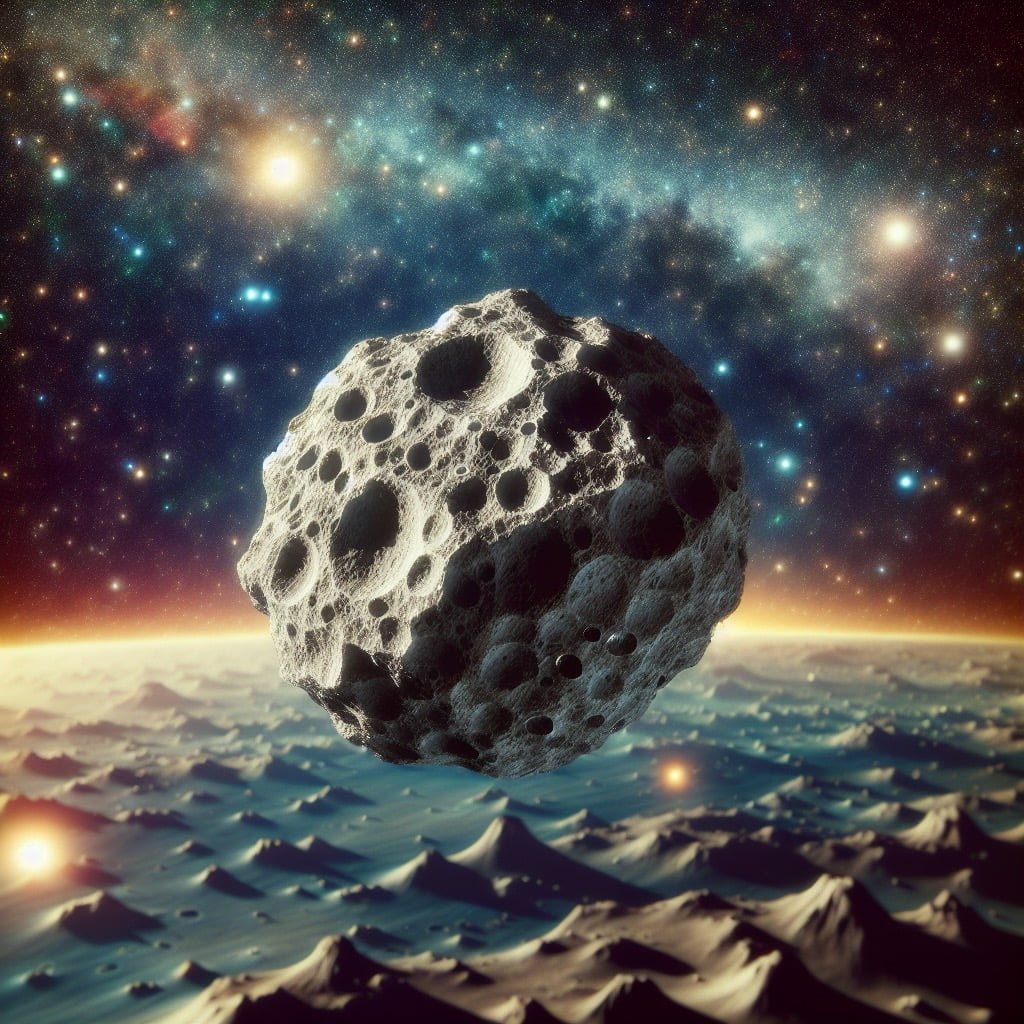The Earth is an intriguing and complex planet, with layers that hold many secrets. What is at the center of the Earth?
Answer
At the center of the Earth is a solid inner core made primarily of iron and nickel, surrounded by a liquid outer core.
Answer for Younger Kids
The center of the Earth is like a giant, super-hot metal ball. It’s so hot that you could never visit it, even with the strongest spaceship! This ball is buried deep, deep under all the rock and dirt we walk on. It’s made mostly of iron, just like some of the strongest things we use every day.
Answer for Older Kids
The Earth’s center is divided into two parts:
- The inner core: This is a solid ball made mostly of iron and some nickel. It’s incredibly hot – about as hot as the surface of the Sun!
- The outer core: This layer surrounds the inner core and is liquid metal, also made of iron and nickel. It moves around, and this movement helps create Earth’s magnetic field, which protects us from harmful radiation from space.
These cores are surrounded by other layers – the mantle and the crust – which make up the rest of the Earth we live on.
Detailed Explanation
Earth’s structure is divided into several layers, and the core is the very middle part. The core itself has two parts: an inner core and an outer core. The solid inner core is mainly composed of iron and nickel and has an immense temperature of about 9,000 to 13,000 degrees Fahrenheit (5,000 to 7,000 degrees Celsius).
Why Is the Core So Hot?
The core’s extreme heat comes from several sources:
- Residual Heat from Earth’s Formation: The Earth formed around 4.5 billion years ago, and some of that initial heat is still present.
- Radioactive Decay: Elements like uranium and thorium decay over time, releasing heat in the process.
- Gravitational Pressure: The immense pressure from the weight of the Earth’s layers above compresses the core, generating heat.
The Role of the Core
The core is not just a static ball of metal; the outer core’s liquid iron generates Earth’s magnetic field through a process called the geodynamo. This magnetic field is crucial for life on Earth, as it shields the planet from harmful solar radiation.
Conclusion
Understanding what’s at the center of the Earth enhances our appreciation of the planet’s complex structure and the pivotal role the core plays in sustaining life.
FAQ
Q: Is the inner core completely solid?
A: Yes, the inner core is solid due to the immense pressure, despite the high temperatures.
Q: How do scientists know what is inside the Earth?
A: Scientists use seismic waves from earthquakes to study the internal structure of Earth. These waves behave differently as they pass through different materials.
Q: Could we ever reach the center of the Earth?
A: Due to the extreme pressure and temperatures, reaching the center of the Earth with current technology is impossible.
Q: Does the core affect Earth’s surface?
A: Yes, the movement of the outer core generates Earth’s magnetic field, which affects navigation systems and protects us from solar radiation.
External Sources
Learn more about Earth’s core from USGS and Britannica.




